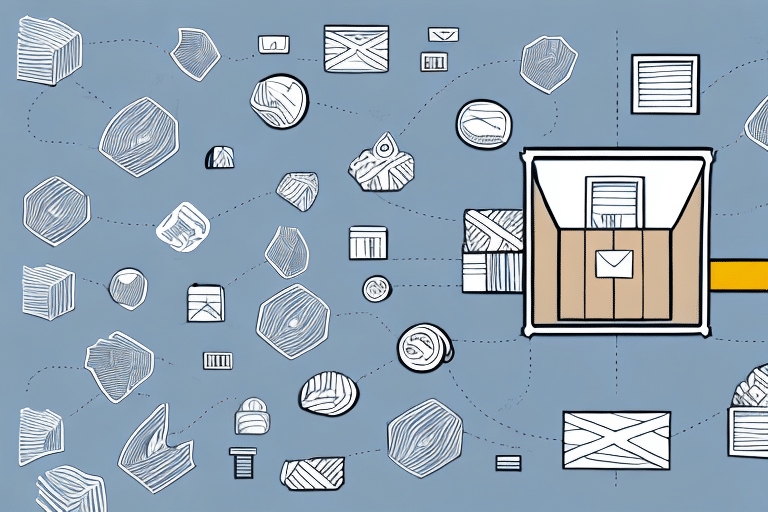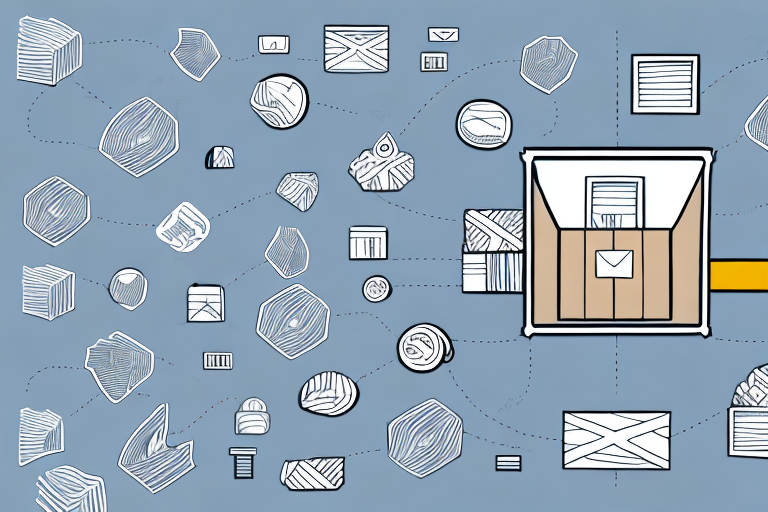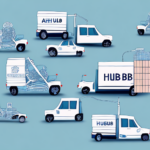Understanding Carrier Facilities in Ecommerce Order Fulfillment
In the complex ecosystem of ecommerce, carrier facilities serve as pivotal hubs that ensure the seamless movement of packages from sellers to buyers. These facilities are operated by major shipping carriers such as UPS, FedEx, and the U.S. Postal Service. Understanding how these facilities operate and their role in order fulfillment can enhance your ability to track and manage your online purchases effectively.
The Significance of "Arrived at Carrier Facility" Status
The status update "Arrived at Carrier Facility" indicates that your package has reached the initial processing center of the shipping carrier. This milestone is crucial as it signifies the transition of responsibility from the seller to the carrier, marking the beginning of your package's journey to your doorstep.
What Happens at the Carrier Facility?
Upon arrival at the carrier facility, your package undergoes several key processes:
- Scanning and Sorting: Packages are scanned into the system and sorted based on their destination and shipping method.
- Quality Checks: Carriers perform inspections to ensure package integrity and compliance with shipping standards.
- Loading for Transit: Sorted packages are loaded onto delivery vehicles or sent to regional distribution centers for further transit.
Impact on Delivery Timelines
Understanding the "Arrived at Carrier Facility" status helps set realistic expectations for delivery times. According to the UPS Inside UPS report, packages typically spend 24-48 hours at a carrier facility before moving to the next stage, though this can vary based on destination and carrier workload.
Tracking Your Package: From Seller to Delivery
Effective package tracking is essential for both sellers and buyers to monitor the progress of shipments. Modern carrier facilities utilize advanced tracking systems that provide real-time updates on package locations and estimated delivery times.
How to Track Your Package
To track your package, you can use the tracking number provided by the seller. Enter this number on the carrier's official website or mobile app for the most accurate and up-to-date information. For example:
Interpreting Tracking Updates
Tracking updates provide insights into your package's journey. Key indicators include:
- In Transit: Your package is moving between facilities.
- Out for Delivery: The package is with a delivery agent and will be delivered soon.
- Delivered: The package has reached its final destination.
Common Challenges at Carrier Facilities and How to Overcome Them
While most packages move smoothly through carrier facilities, certain challenges can cause delays or issues. Being aware of these potential problems can help you take proactive measures to ensure timely delivery.
Reasons for Delays
Several factors can lead to delays at carrier facilities:
- High Volume Periods: Peak seasons like holidays can overwhelm facilities.
- Incorrect Shipping Information: Errors in the address can cause misrouting.
- Customs Clearance: International shipments may face delays due to customs processes.
- Weather Conditions: Adverse weather can impact transit times.
Strategies to Minimize Delays
To mitigate potential delays, consider the following strategies:
- Verify Shipping Details: Ensure that all address information is accurate and complete.
- Choose Reliable Shipping Methods: Opt for carriers that offer guaranteed delivery times.
- Track Regularly: Monitor your package's status frequently to identify and address issues promptly.
- Plan Ahead: Allow extra time for shipments during peak seasons.
Advancements in Carrier Facility Technology
Technological innovations have significantly enhanced the efficiency and reliability of carrier facilities. From automated sorting systems to real-time tracking, these advancements play a critical role in modern ecommerce fulfillment.
Automated Sorting Systems
Automated sorting machines increase the speed and accuracy of package sorting. According to a FedEx Technology Update, these systems can sort thousands of packages per hour, reducing human error and expediting the shipping process.
Real-Time Tracking and Data Analytics
Real-time tracking systems provide continuous updates on package locations, enhancing transparency for both carriers and customers. Additionally, data analytics help carriers optimize routes and improve overall service efficiency.
The Future of Ecommerce Fulfillment: Innovations on the Horizon
The landscape of ecommerce fulfillment is continually evolving, driven by technological advancements and changing consumer expectations. Future innovations promise to further streamline the shipping process and enhance delivery experiences.
Drone and Autonomous Vehicle Deliveries
Companies like Amazon and UPS are exploring drone and autonomous vehicle deliveries to reduce transit times and increase delivery precision. These technologies have the potential to revolutionize last-mile delivery by providing faster and more flexible shipping options.
Robotic Process Automation
Robotic systems are being integrated into carrier facilities to handle repetitive tasks such as sorting and packaging. This automation not only increases efficiency but also allows human workers to focus on more complex and value-added activities.
Sustainable Shipping Practices
With increasing environmental awareness, carriers are investing in sustainable shipping practices. Initiatives include using electric delivery vehicles, optimizing routes to reduce fuel consumption, and implementing recyclable packaging materials.
Conclusion
Understanding the role of carrier facilities and the significance of status updates like "Arrived at Carrier Facility" can empower ecommerce customers to manage their orders more effectively. By leveraging advanced tracking systems and being aware of potential challenges, both sellers and buyers can ensure a smoother and more reliable shipping experience. As technology continues to evolve, the future of ecommerce fulfillment looks promising, with innovations poised to further enhance the efficiency and sustainability of package delivery.






















